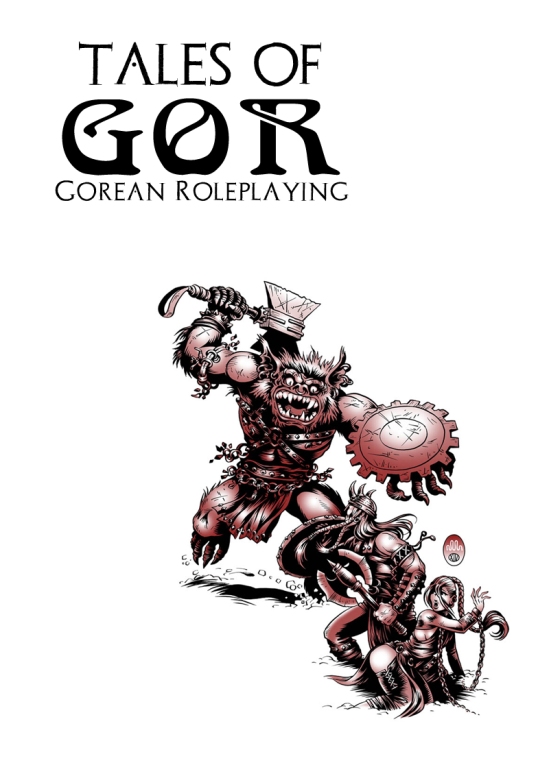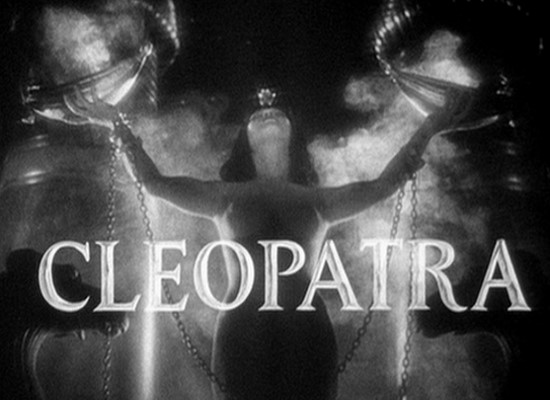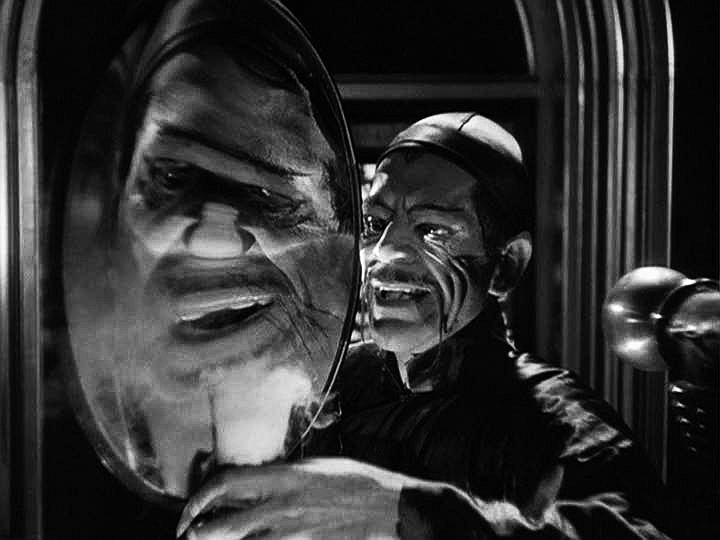
Cover mockup of Gorean RPG, showing a hairy humanoid creature about to attack an armed man, with a chained woman behind him
Postmortem Studios is working on a tabletop roleplaying game based on the Gor series of fantasy novels by John Norman (a.k.a. philosophy professor John Lange). Published since the 1960s, Gor is a modern version of the Orientalist fantasies of savage lands and slave markets and so on. You can read about their ongoing project on their blog. Gor has a long history of being recreated in Second Life and other online roleplaying environments, so it’s not surprising that someone would try to adapt it to the tabletop, dice-and-paper form of roleplaying.
I learned about this from following the Facebook page of Michael Manning, my favourite (living) fetish/BDSM artist. He’s illustrating the entire book. Manning is primarily known as a fetish/BDSM artist, and it makes sense that he would be tapped for this project. Apart from the standard ferocious monsters, sword-wielding warriors, decadent cities and savage fighting, the books are rife with BDSM imagery. So much so, that there is a fringe subset of the BDSM culture based on the books, Goreans, who borrow the iconography and terminology of the books, such as slave positions and so on. Some of these terms have seeped out into the broader BDSM world.
Gor is notorious for its strong emphasis not only on the world’s apparently universal chattel slavery, but the male-dominant/female-submissive philosophy that justifies it, endlessly reiterated in the books. That’s what made me pause when I thought about Manning illustrating the book. Manning’s work, starting with the graphic novel The Spider Garden, has a strong bi/queer flair, running all over the map of sexuality from conventional, heteronormative pinups to “sacred androgynes”, cross-dressed men, and other, stranger types of sexuality. This also comes in a time when video games and related media like tabletop RPGs are under a lot of flak for #GamerGate. The games designer, James Desborough, reportedly has connections to #GamerGate and some other controversies. It got me wondering: how will Gor be adapted into this medium?
Continue reading »






